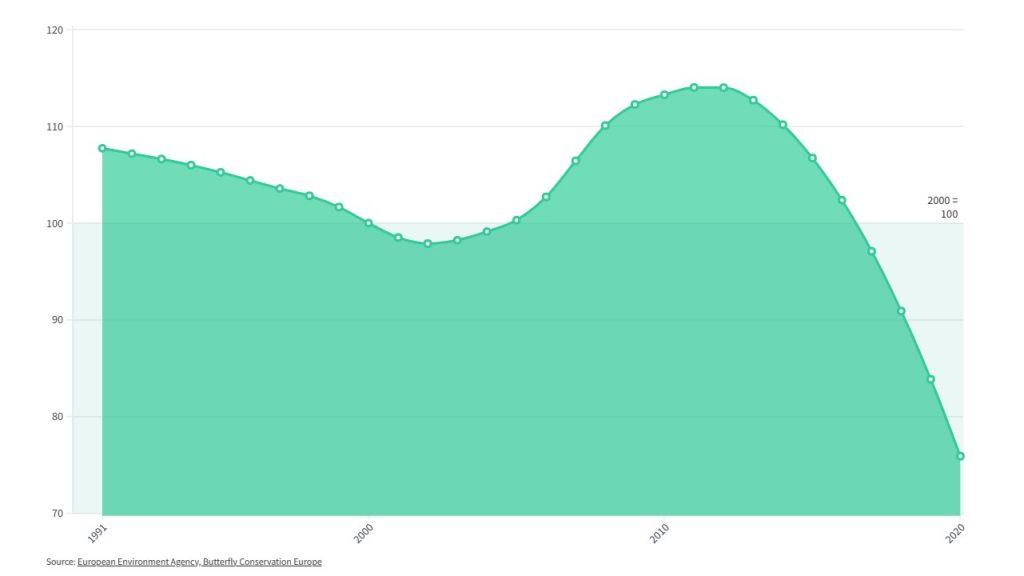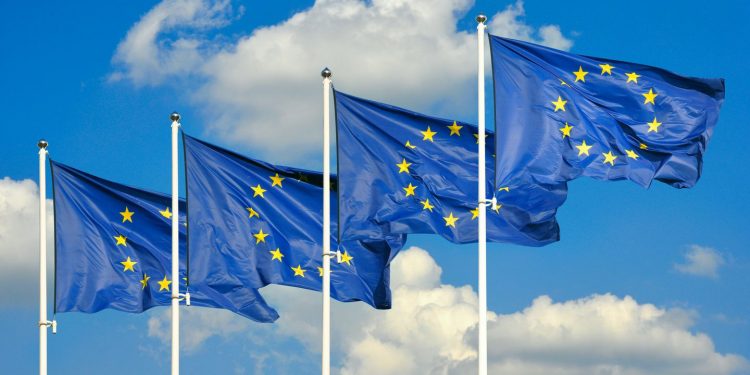EU Nature Restoration Law
The Council of the European Union officially approves Nature Restoration Law, aiming to provide legal protection for the restoration of ecosystems in EU.
The Nature Restoration Law is the first comprehensive law in the European Union related to biodiversity and ecosystems, and is also a key element in achieving the European Green Deal and the EU Biodiversity Strategy. The Nature Restoration Law was initially proposed by the European Commission in 2022 and reached a provisional agreement between the European Parliament and the Council in November 2023. In February of this year, the European Parliament officially passed the EU Nature Restoration Law, and the action by European Council is essential.
Related Post: EU Reaches Provisional Agreement on Nature Restoration Law
Nature and Ecosystem Status of the EU
In 1979, the European Union initiated actions to protect nature and biodiversity through the Birds Directive, covering over 2000 species in the EU region. The assessment report released by the European Environment Agency in 2020 showed that the EU ecosystem is being affected by issues such as pollution, climate change, habitat loss, and invasive species. Currently, only 15% of the habitats in the EU are in good condition, 70% of the soil is in an unhealthy state, and 10% of bees and butterflies are at risk of species extinction.
Protecting nature and ecosystems is crucial for economic and social development. As the foundation of the world economy, over 50% of global GDP relies on materials and services provided by ecosystems. For example, as an indicator of biodiversity in Europe, the Grassland Butterfly Index has been rapidly declining since 2010, reflecting the continued negative impact on ecosystems. Insect pollination directly affects nearly 5 billion EUR in annual agricultural output in the EU, however, over 30% of grassland butterflies have disappeared since 1991. In addition, as another important pollinator, farmland birds has seen its number decreased by 36% since 1990.

Contents of the EU’s Nature Restoration Law
The EU Nature Restoration Law aims to set a binding goal at the EU level to require member states to take effective measures to restore and protect the EU ecosystem. The EU Natural Restoration Act requires the restoration of at least 20% of terrestrial and marine ecosystems by 2030, and the restoration of all ecosystems by 2050.
The EU’s Nature Restoration Law involves six aspects, including:
- Degraded land and sea habitats: By 2030, the EU will restore at least 30% of its habitats, and cover 60% by 2040, and cover 90% by 2050. Habitats includes terrestrial, marine, freshwater ecosystems, etc.
- Pollinators: By 2030, the EU will reverse the decline in pollination vectors and increase the number of these populations. Pollinators include butterflies, bees, moths, etc.
- Agricultural ecosystems: By 2030, the EU will restore 30% of dry peatlands, and this number will reach 50% by 2050. In addition, the EU will increase the carbon storage of mineral soils and enhance the high diversity landscape features of agricultural land.
- Urban areas: By 2030, the EU plans to maintain the total amount of urban green space and increase tree coverage in cities, towns, and suburbs.
- Rivers and floodplains: By 2030, the number of freely flowing rivers within the European Union will reach 25000 kilometers, in order to improve water conditions and ensure the continuity of the river network.
- Forests: By 2030, the EU will plant 3 billion trees and regularly monitor the number of deadwood and birds to enhance the biodiversity of forests.
The Nature Restoration Law will be published in EU Official Journal and take effect once published. EU member states are required to develop National Restoration Plans, which will include legally meaningful restoration measures and mark the total area and schedule of planned restoration. EU member states also need to monitor and report on their progress in action based on EU’s biodiversity indicators.
Reference:








